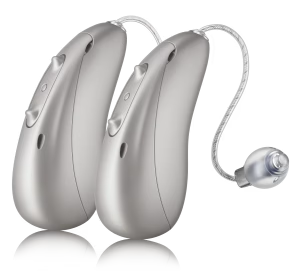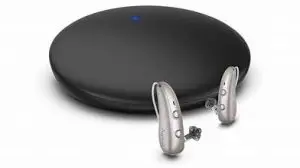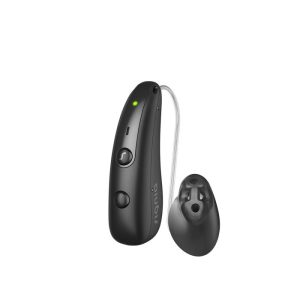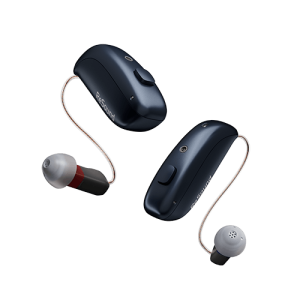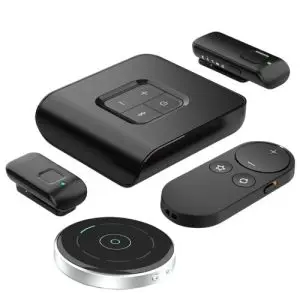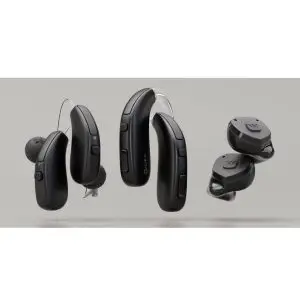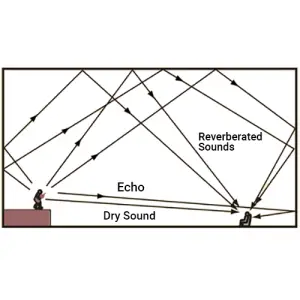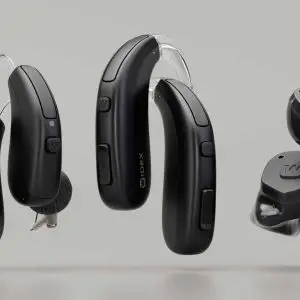Understanding the Value of Hearing Aid Demonstrations
At Hears Hearing, we have been conducting hearing aid demonstrations for many years. Through this experience, we’ve learned that every individual brings unique hearing needs, preferences, and expectations to the process. Some hope to better understand speech in a busy restaurant, others want to hear the subtle sounds of nature again, and many simply want to stay connected with family and friends.
Why Hearing Aid Preferences Differ
The longer someone has used hearing aids, the more experienced they become at recognizing what works for them. However, choices are often influenced by more than just performance; some people are guided by a friend’s recommendation, persuasive marketing, or the lowest available price.
While we understand these influences, our recommendations are based on what best serves your hearing needs. Our goal is to help you make an informed decision grounded in real-world results, not marketing claims or trends.
Why Online “Sound Comparisons” Can Be Misleading
There are websites that allow you to listen to samples of various hearing aids for comparison. While these can seem helpful, they cannot replicate the experience of actually wearing the device. Sound quality will vary based on the way the aid fits in your ear, the size of the dome, the type of receiver, and, most importantly, how it is programmed for you.
A professional fitting ensures these variables are addressed, which is why a real-world trial is so important.
What a Demonstration Is—and Is Not
A hearing aid demonstration provides an opportunity to compare devices and better understand what works for you. However, it’s important to note that demo fittings are not configured to full “best practice” standards. Instead, they are adjusted for comparison purposes, allowing you to experience differences between devices.
This process still requires professional expertise, time, and skill. Over the course of a fitting, we learn how to fine-tune the device to make it sound better for you, and this is part of what makes the professional role so valuable.
The Challenges of Remote Demonstrations
In our clinic, patients respect and value the demonstration process, recognizing and sharing with others that there is a cost for the time and expertise involved. Online demonstrations, however, have presented more challenges.
In recent experiences, we’ve encountered:
- Individuals are unable to connect the technology despite initial confidence.
- Difficulty with inserting the hearing aids or following remote guidance.
- Devices being damaged through use, such as from moisture during activities, leading to misunderstandings about responsibility.
We have also had successful experiences with remote demos, particularly with individuals who are technologically confident, understand the processes involved, respect our values, and have realistic expectations, plus committed to following the process.
Moving Forward
Going forward, we will be more selective in offering remote demonstrations. If you qualify, we will guide you through the process and provide the necessary support, but we ask that you approach the opportunity with an understanding of the time, effort, and expertise required.
If you prefer a simpler approach and do not feel a demo is necessary, you may wish to purchase a hearing aid and use your state’s trial period to evaluate it. We want to ensure you have a device that works for you, but we cannot provide the full benefits of this service unless the process is valued and understood.
The True Value of a Hearing Aid Demonstration
At Hears Hearing & Hearables, we’ve spent many years helping people explore their options through hearing aid demonstrations. Over that time, we’ve learned that the process is about much more than “trying something on.” It’s an opportunity to discover what is possible, to rule out what won’t work, and to gain a deeper understanding of your own hearing needs.
Why This Opportunity Is Worth More Than the Price Tag
We occasionally hear people question the value of paying for a demo, sometimes because they view it as a small, quick task. In reality, the experience is worth far more than the $50 fee that may be associated with it. And don’t be surprised if we increase this cost.
Here’s why:
- It can rule out the wrong device before you invest. A poor match between your hearing needs and the technology can result in frustration, wasted time, and, ultimately, a hearing aid that ends up unused in a drawer.
- It allows you to truly hear what different technology can do. You may believe all hearing aids sound similar, but subtle differences in sound processing, noise reduction, and clarity can dramatically affect your day-to-day experience.
- It reveals what you don’t know yet. Without listening to multiple options, you won’t realize what features are available—or how they can improve your quality of life. As the saying goes, you don’t know what you don’t know.
The Experience Behind the Demonstration
A demonstration is not just a matter of handing you a device. It requires a skilled professional to:
- Select appropriate devices for your hearing profile.
- Fit them so you can compare accurately.
- Guide you in identifying what you’re hearing and what differences matter most to you.
Even in a demo, where devices are not set to “best practice” but to comparison settings, it takes training and experience to ensure that what you hear is meaningful and representative.
Why Trying Before You Commit Matters
When you invest in a demo, you’re investing in informed decision-making. You’re giving yourself the chance to:
- Understand why certain technology works better for you.
- Avoid purchasing based solely on marketing claims, a friend’s recommendation, or the lowest price tag.
- Experience the nuances that only become clear when the device is in your ear.
Think of it this way: A 30–60 minute demo can save you from weeks—or years—of dissatisfaction with the wrong product.
Moving Forward
We will continue to offer demonstrations in our clinic, and, when appropriate, remotely. However, we ask that those who participate recognize the value of the opportunity. It’s not just “trying something on.” It’s gaining knowledge, avoiding costly mistakes, and setting yourself up for the best possible hearing experience.
If you are open to learning, willing to explore, and ready to invest in finding the right fit, we’re here to guide you through that process.




